Mobile phone technology has undoubtedly been a central part of the technological revolution, which is reshaping the world’s societies as we know it. The cell phone screen is an instant window to the world, infinite information, entertainment, and people. It has been revolutionary in the parts of the world where access to computer technology was sparse, allowing such wonderful phenomena as the boom of the amateur movie scene in Nigeria or life-saving information networks in times of natural disasters, effective tool for activism and organization of mass events, and much more.
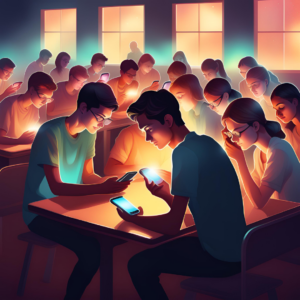
Image generated by AI
At the same time, we know that growing up online has changed the way we think. It has literally changed the way information is processed in our brains, leading to shorter attention spans, disrupted ability to focus, disruption in sleep cycles, etc. All new developments have pluses and minuses, and the impact of smartphone technology, which is also fast developing and changing, is still being studied. As with any other tool, smartphones on their own are innocent. The way they are used, for what purposes, in what context, by whom, with what knowledge, and ethical and legal guidelines make all the difference. And that is the ground that has not yet settled. Their benefits and shortcomings in the classrooms are also a matter of research, and while there are topics on which research brings inconclusive or opposing results, the effect of the mere presence of smartphones in the classrooms is evidenced to be largely detrimental to learning, retainment of knowledge, concentration, and discussion. Schools and universities take different approaches to technology in the classroom–from its banning to laissez-faire, laissez-passer. Finding the right middle ground is often a problem. It requires more than policies–it requires the understanding of the problem and of the goal that the learning community strives to achieve.
Medium is the Message
BISLA’s favorite scholar of communication, Marshall McLuhan (1964), tells us that every medium we use (and by the medium, he means any tool that extends our senses–from a fork to electricity, train, to books, radio or internet) has two distinct contents–the information it communicates or facilitates, and, just as importantly, the nature of the medium itself. Much later, French philosopher Bernard Stiegler (a burglar-turned-philosopher) wrote about the same phenomenon as the problem of technics–that is, how we interact and what relationship we have with technology, rather than the technology itself. “We don’t simply ‘use’ our digital tools – they enter and pharmacologically change us, like medicinal drugs” (Norton, 2024). Some media are used interactively within communities–hieroglyphs were such a medium, as was the oral tradition or, initially, the radio. Those are “cool” media, which allow for two-way communication, interpretation, and feedback. There are also media that dictate and deliver a message that is uncontestable. Those are the “hot” media, a one-way street of communication. Among them are newspapers, radio (when consumed individually as a source of information), books, lectures, sermons, photographs… they leave little room for discussion or challenge. They are to be consumed. Media also has an effect on society as a whole. Hot media atomizes individuals, and cool media fosters communities.
Smartphones are a strange combination of both hot and cool media. They isolate individuals but also open the world to virtual communities of online people “like me.” They (re-)tribalize. Algorithms on social media websites bring us into a world of information, people, and entertainment that is highly appealing and addictive, as it is perfectly attuned to our interests, values, and desires. It is difficult to resist the calling of these sirens from the 3D mundanity of the quotidian life. There is an epidemic of loneliness, and social media are both the cause and answer to it, leading us down a spiral.
While most school administrations, teachers, and scholars of teaching and learning are preoccupied with the impact of artificial intelligence on learning outcomes these days, white technology is much more central and problematic to learning experience. When phones and laptops are on the desks (and not just in classrooms–in any setting where human interaction should be prioritized), it proves far too tempting to ignore them. We “just” check whether a new message or email did not come in. We peek into Instagram or Facebook for a few seconds and, in worse cases, scroll through online shopping or reels. However, research shows that they are not only distracting the one who succumbed to their immediate appeal. Their use also distracts those around the user to an almost equal level. It drains the energy from the classroom, affecting the conversation at hand (Rockmore, 2014).
It’s the Culture, Stupid!
Not to cause an offense–this subtitle is a spinoff from the phrase famously coined by Bill Clinon’s advisor, J. Carlisle (“It’s the economy, stupid!”) intended for their internal campaign team, which was quickly adopted into the mainstream vocabulary. In our case, culture is crucial; there are worlds of differences in cell phone etiquette around the world. Whereas in Mexico (and one would add Slovakia), it is normal and expected to carry and use phones anywhere and everywhere, in other countries, such as Japan or Finland, it would be grossly impolite to use a cell phone in a professional setting (“Cell phone etiquette…”, 2017). The use also differs when it comes to texting or browsing–in some cultures, it is tolerated as something normal (if obnoxious) during interactions; in other cultures, that amounts to a cardinal sin. In the United States, for example, in daily life, cell phones are omnipresent and loudly and constantly used, but in a professional setting, they are put aside, and their use would be considered highly inappropriate. In Slovakia, unfortunately, we see tables littered with smartphones in all professional settings, from board rooms, through parliament, to classrooms, and it is all the more difficult to attempt to weed them out from the learning environment. There is, however, something like global etiquette, norms that are considered polite and not to be crossed. They highlight the value of human interaction:
– Avoiding using a cell phone while driving or operating machines as this can pose considerable risks to other people and yourself.
– Avoiding using a phone during conversations. This shows disinterest in the person with whom the dialogue is being had.
– Avoiding using a phone during social gatherings such as family meals, church summons or other meetings. Switching the phone off or putting it in vibration is polite.
– Speaking in soft tones on the phone and avoiding discussing intimate or private matters in public.
– Properly introducing yourself when calling or texting a person who doesn’t have your number.
(“Cell phone etiquette…”, 2017)
So What Do We Do with Them?
Schools take a whole array of approaches to regulating technology in the classroom. It is more common to ban their use in primary and secondary schools. From there, we know that the effect of removing them has a positive impact on concentration, learning outcomes, and particularly on relationships (e.g. Root, 2024). They have been banned in primary schools in the Netherlands or France. Some boarding schools, including the prestigious Eton College, replace smartphones with “dumbphones,” which are only able to make calls and plain text (Root, 2024; Latham, 2024). They also used to be banned in Slovakia, but in 2021, the regulations were loosened. Now the Ministry of Education is considering bringing the ban back, as social media and games on smartphones prove more and more addictive (Ludhova, 2024). On higher levels of education, the regulations are up to the individual schools and are more a matter of discussion and deliberation, however they often do regulate the use of technology within the class.
Ultimately, it is no rocket science to conclude that cell phones, when integrated into learning as a research aid, enhance engagement and motivation and are very useful in that respect. However, they also bring distraction, dependency, and reduced interaction (Anshari et al., 2017), so many, if not most, teachers view these negatives as far outweighing the positives. At the college level, in liberal arts especially, smartphones are useful when they are used deliberately as part of learning. That, however, seldom happens in small classrooms that prioritize discussion. In those cases, research shows, strict rules and adherence to them prove to be most useful for all involved (Anshari et al, 2017).
What Can I Do to Resist?



















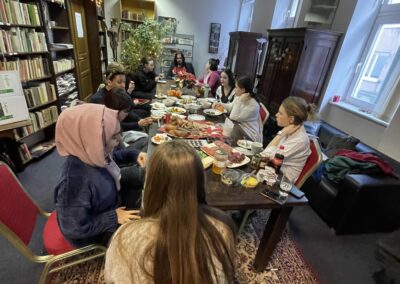
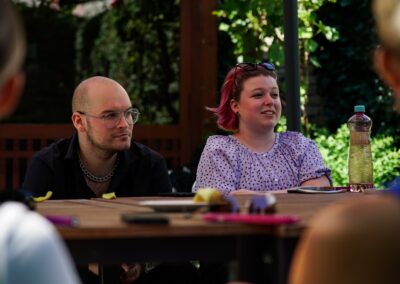
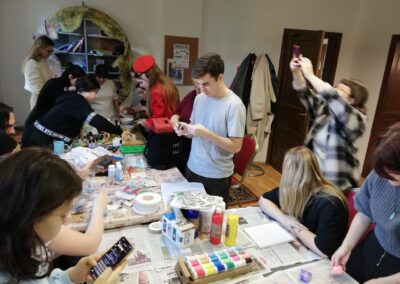

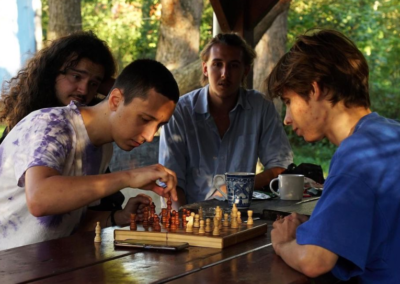





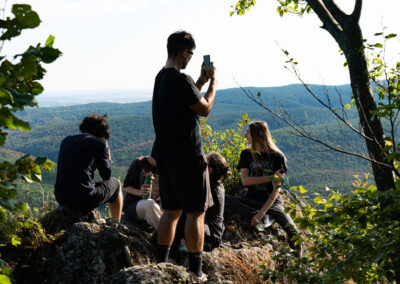
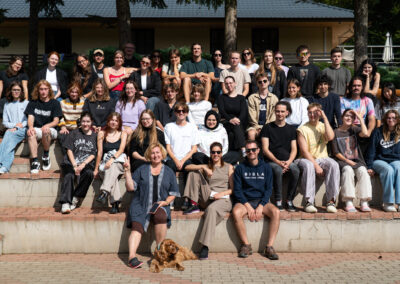

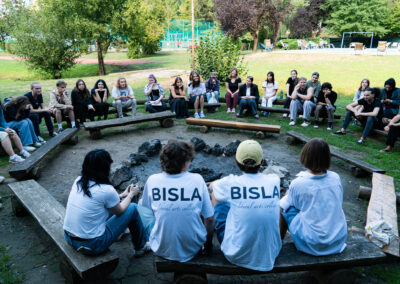
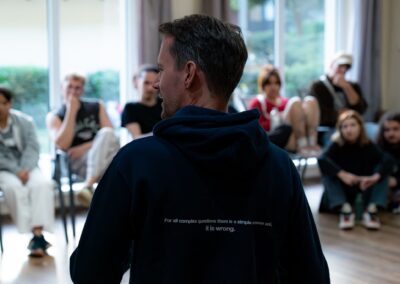



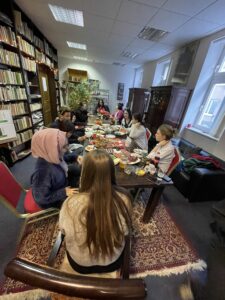




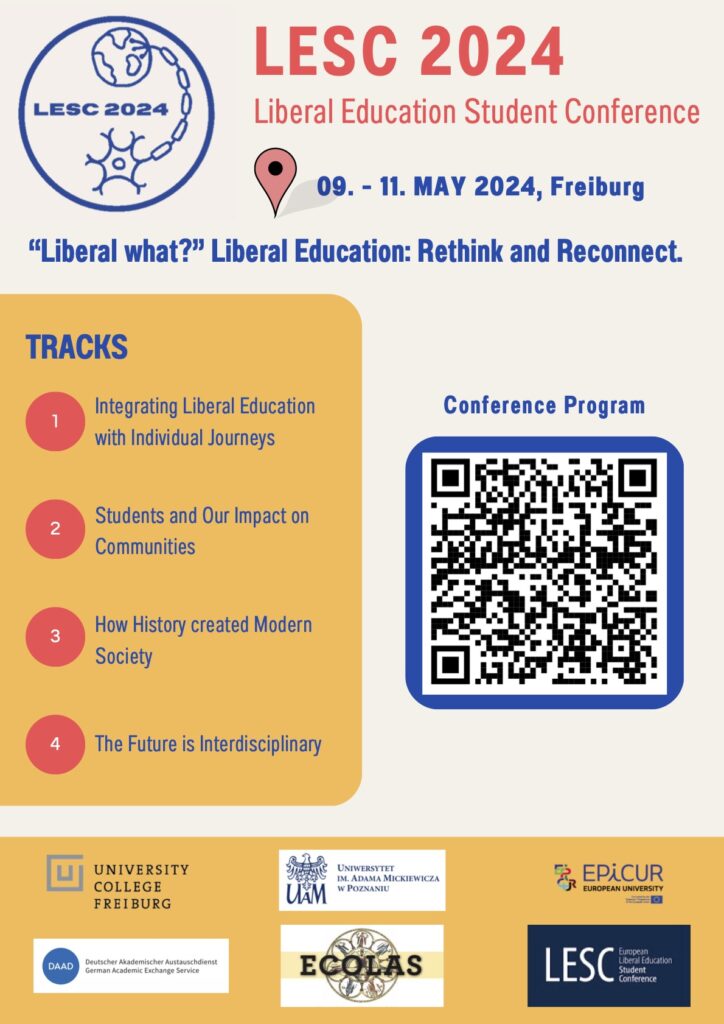






 We would like to bring your attention to Orientation Week happening between September 9-12, featuring a trip to Tesáre in the mysterious Tribeč mountains! We will begin on September 9 at BISLA (Grösslingová 53), where you will be officially registered and introduced to the school.
We would like to bring your attention to Orientation Week happening between September 9-12, featuring a trip to Tesáre in the mysterious Tribeč mountains! We will begin on September 9 at BISLA (Grösslingová 53), where you will be officially registered and introduced to the school.
